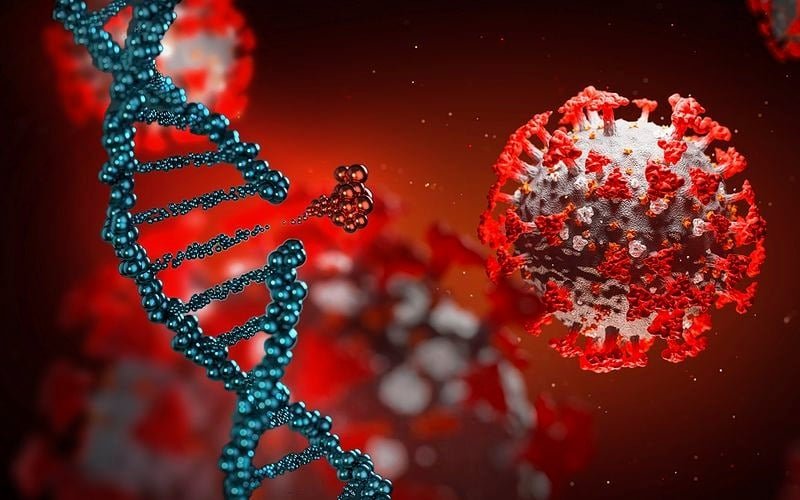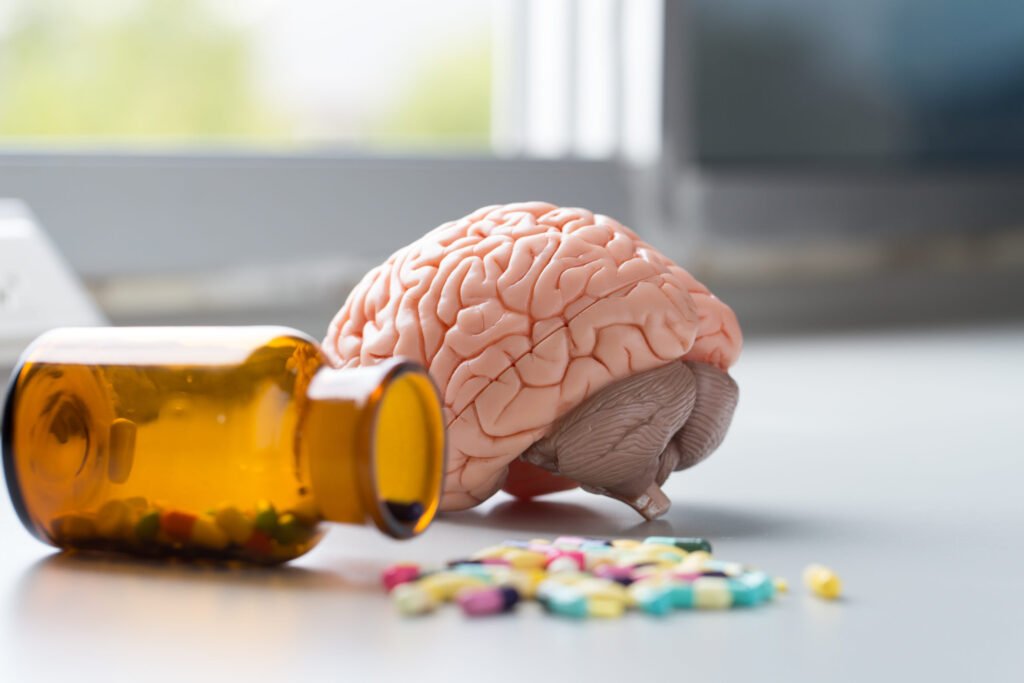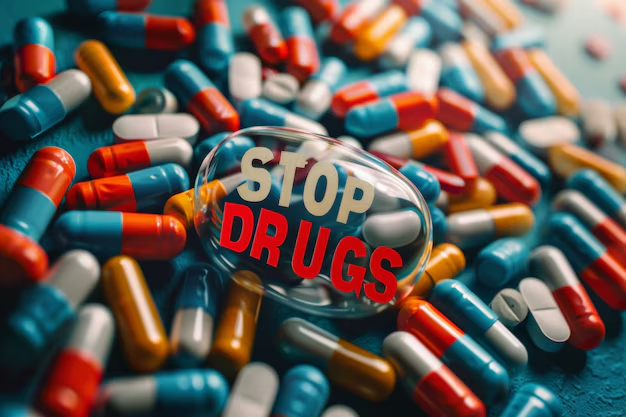Understanding Drug Addiction: Causes, Effects, and Treatment
Drug addiction is a chronic, relapsing disorder characterized by compulsive drug seeking, continued use despite harmful consequences, and long-lasting changes in the brain. It affects millions of individuals globally and poses significant challenges to health systems, families, and societies. This article provides an in-depth look at drug addiction, exploring its causes, effects on individuals and communities, methods of treatment, and strategies for prevention.
What is Drug Addiction?
Drug addiction, or substance use disorder (SUD), is a medical condition that involves the uncontrolled use of psychoactive substances, including alcohol, prescription medications, and illegal drugs. It manifests through a range of behaviors and physical symptoms and is marked by an inability to stop using the drug despite the negative impacts on one’s life.
Key Characteristics

Compulsive Use
Individuals with addiction often feel a strong urge to use drugs, even when they recognize the negative consequences.

Tolerance
Over time, escalating drug use is needed to achieve the same effect, creating a cycle of increasing consumption.

Loss of Control
There is a diminished ability to control the use of the substance, leading to frequent and excessive consumption.

Causes of Drug Addiction
Drug addiction arises from a complex interplay of genetic, environmental, and psychological factors. Understanding these causes helps in developing effective prevention and treatment strategies.
Genetic Factors
- Genetic Predisposition: Research indicates that genetic factors contribute to the risk of addiction. Individuals with a family history of addiction are more likely to develop substance use disorders themselves.
- Genetic Variations: Specific genes are associated with how individuals metabolize drugs, their susceptibility to addiction, and their response to treatment.

Social and Behavioral Consequences
Relationship Strain
Addiction frequently strains relationships with family, friends, and colleagues, leading to trust issues, conflicts, and communication breakdowns, which can further exacerbate interpersonal difficulties.
Legal and Financial Issues
Drug use can lead to legal problems, including arrests and incarceration, as well as financial difficulties due to spending on substances and potential job loss.
Treatment Approaches for Drug Addiction
Effective treatment for drug addiction typically involves a combination of therapies and interventions tailored to the individual’s needs. The goal is to help individuals achieve and maintain sobriety, improve their quality of life, and reintegrate into society.
Medical Treatment
- Detoxification: The first step in treatment often involves detoxification, where the body clears the drug from the system under medical supervision. This process helps manage withdrawal symptoms and is critical for ensuring safety.
- Medications: Certain medications can help manage withdrawal symptoms, reduce cravings, and address co-occurring mental health disorders. Examples include methadone and buprenorphine for opioid addiction, and naltrexone for alcohol and opioid dependence.


Behavioral Therapies
- Cognitive-Behavioral Therapy (CBT): CBT helps individuals identify and change maladaptive thoughts and behaviors related to drug use. It also equips them with coping strategies and problem-solving skills.
- Contingency Management: This approach uses positive reinforcement to encourage abstinence and adherence to treatment goals. Rewards and incentives are provided for achieving milestones.
- Motivational Interviewing: This technique focuses on enhancing an individual’s motivation to change by exploring and resolving ambivalence about substance use.
Psychosocial Interventions
- Group Therapy: Group therapy provides a supportive environment where individuals can share experiences, receive feedback, and learn from others facing similar challenges.
- Family Therapy: Engaging family members in therapy can address relational issues, improve communication, and build a supportive network for recovery.
- Social Support: Building a strong support network through support groups, community resources, and recovery programs is crucial for long-term success.

Prevention and Education
Preventing drug addiction involves a proactive approach that includes education, community involvement, and early intervention.

Education and Awareness
- Public Education Campaigns: Increasing awareness about the risks of drug use and the signs of addiction can help prevent initial use and reduce stigma associated with seeking help.
- School Programs: Educational programs in schools can provide students with information about the dangers of drug use, enhance coping skills, and promote healthy behaviors.
Community and Family Involvement
- Community Programs: Local initiatives, such as after-school programs, recreational activities, and job training, can provide alternatives to drug use and build resilience in at-risk populations.
- Family Support: Educating families about the signs of addiction and providing resources for intervention can help identify and address issues early.


Early Intervention
- Screening and Assessment: Regular screening for substance use disorders in healthcare settings can help identify individuals at risk and facilitate early intervention.
- Youth Programs: Targeted interventions for young people at risk of drug use, including mentoring and counseling, can prevent the development of addiction.
Conclusion
Drug addiction is a complex and multifaceted issue that requires a comprehensive approach to address effectively. Understanding its causes, effects, and treatment options is essential for developing effective prevention and intervention strategies. By combining medical treatment, behavioral therapies, psychosocial support, and preventive measures, we can help individuals overcome addiction, improve their quality of life, and build healthier communities. As society continues to advance in its understanding of addiction, it is crucial to foster compassion, reduce stigma, and provide the necessary support for those affected by this challenging condition.